Performance-Based Assessment and Student Timelines
by Jude Miqueli, on Feb 27, 2018 5:54:49 PM
A performance-based assessment requires students to carry out a task rather than select an answer from a multiple choice list. These types of assessments can be applied to any subject area. For example, in math a student would count out change in an imaginary store exchange. In literacy, a student might act as a news reporter interviewing a celebrity. At the end of a public speaking unit a group might enact a skit to sell a product in a commercial. A demonstration of a science experiment shows the student has developed and tested a scientific theory, working through every stage of the scientific process.
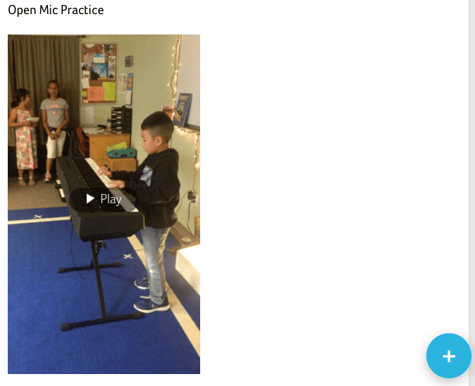 Performance-Based Assessment in Music Class
Performance-Based Assessment in Music Class
The Bloomz student timeline assessment tool is a convenient place to share performance-based assessments with parents. The timeline of a student is a log of various streams of data that has been captured by the teacher or the student in the classroom. It contains awards and a portfolio of student work. Teachers can easily post writing samples and math worksheets but how can we display students actively engaging in the construction of knowledge with digital portfolios?
Here are a few examples of what I've captured so far.
In October, my school offered a one month rollerskating unit for PE. One of my students had a significantly tough time in the beginning of the unit. He bravely clung to the wall slowly making his way around the rink for the first two weeks. By week three he set himself free from the wall. What a moment! I captured his first lap with my phone and posted it to his timeline to share the victory with his parents. Take a moment and spend 15 minutes in your student's PE class. It's the perfect place to capture students energetically participating in physical education.
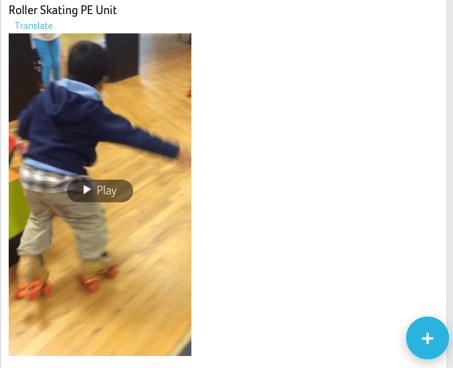
Every class needs a crafternoon! While your students are sharpening fine motor skills with meticulous design, grab your device and take a video. Post the artwork alongside the action. Parents will witness their child immersed in creating a masterpiece. They will see patience and ingenuity as their child works. Talk to your student as they create to receive insight as to why they are making specific choices in their art. Student narratives around pieces of art help teachers and parents to discover the significance and value of art in the child's life.
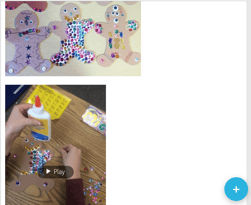
Document student progress in literacy by taking a video of the student reading aloud. Parents will be kept up-to-date with reading levels, fluency, comprehension, vocabulary, phonemic awareness, and phonics. A video of the student reading will illustrate topics of interest as the student answers questions and makes connections to prior knowledge right on camera. This will help parents in choosing what books to read at home.
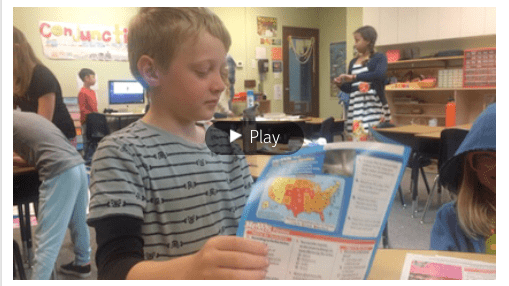
I teamed up with a fourth grade teacher to encourage cross grade level connections at my school. Once a month we meet for an event we call "Big Buddies Little Buddies". My first graders are paired with her fourth graders to read together. Students spend 40 minutes taking turns reading out loud to each other. It's great because the older students have the opportunity to share their expertise and become a student leader. The younger students receive peer support in fluency and comprehension.
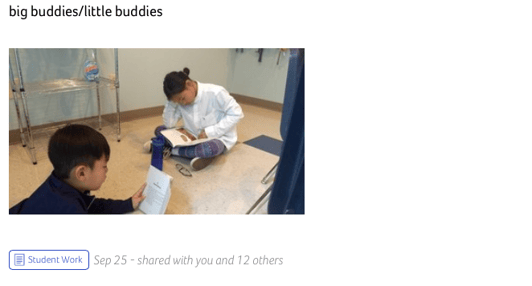
Another bonus to an action shot is that teachers get a second look at what is going on. Upon deeper inspection of the photo above, it looks like these two students are solely engaged with their OWN books! I will check in with these two to make sure they are listening as well as reading to each other in the next installment of Big Buddies Little Buddies.
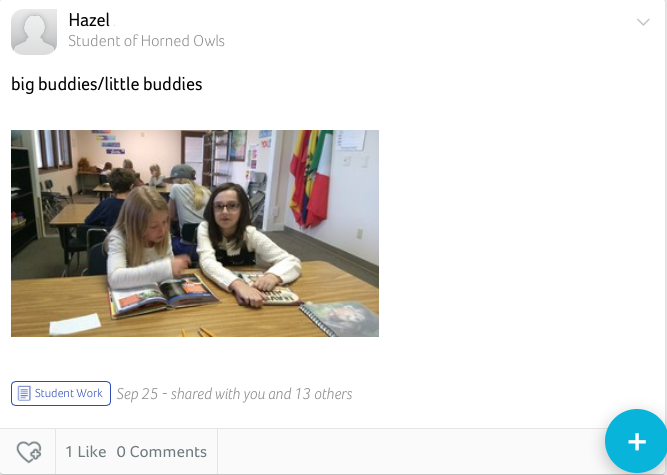 Listening and Speaking Skills in Literacy
Listening and Speaking Skills in Literacy
What specific performance-based assessments do you implement in your classroom? Make sure to include them in your students' digital portfolios so parents can witness learning in action! Please comment with your experiences in the section below.



